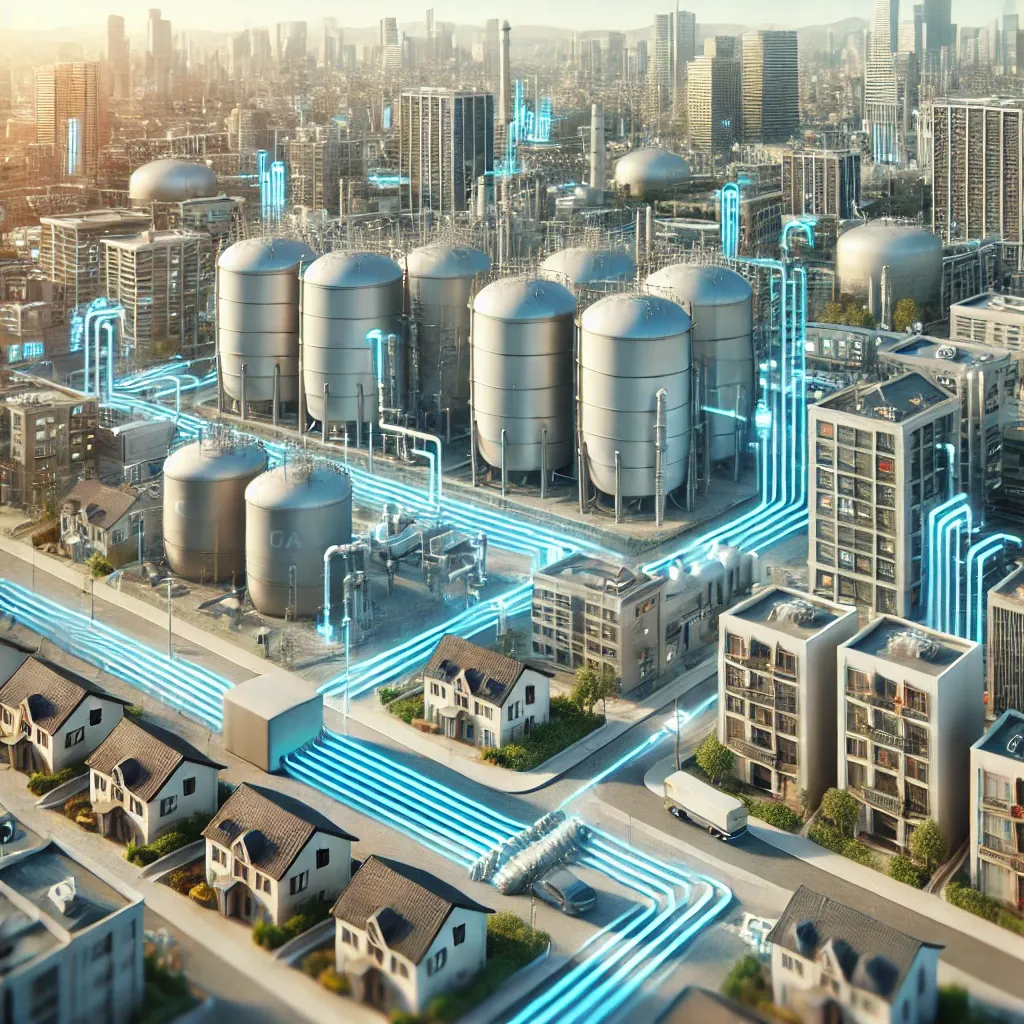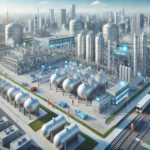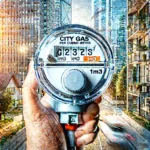Have you ever wondered how the city gas heating system works? How does the pricing and calorie conversion play a role in this system? In this article, we explore the importance of city gas heating volume, city gas calorie price, and the concept of low-level heat generation, providing you with all the details.
Based on Urban Gas Heating Volume
Urban gas heating systems are essential for providing warmth and energy to homes, businesses, and industrial sites. The volume of city gas heating is a crucial metric in determining how much energy is consumed by a city or region, and it directly affects energy management strategies, cost calculations, and environmental policies.
What is City Gas Heating Volume?
City gas heating volume refers to the total amount of gas consumed by an entire urban area for heating purposes. This volume is generally measured in cubic meters or joules of energy, reflecting the energy used for residential, commercial, and industrial heating.
Factors Affecting Gas Heating Volume
-
Population Size Larger populations naturally consume more gas for heating needs.
-
Climate Colder regions require more gas to maintain indoor warmth.
-
Building Types Apartments, office buildings, and factories may use varying amounts of gas depending on their insulation and heating efficiency.
-
Energy Efficiency of Heating Systems Modern heating systems use less gas, reducing overall heating volume.
-
Usage Patterns Seasonal temperature fluctuations influence gas consumption, with winter months seeing the highest volume.
Implications for Urban Planning
The heating volume has a direct impact on urban planning, especially when calculating energy needs for new developments or renovations. It also guides the installation of infrastructure like gas pipelines, meters, and heating equipment. Understanding heating volume helps city planners determine how to allocate resources efficiently.
As urban populations continue to grow, anticipating and managing the heating volume is essential to ensuring sustainable energy consumption.
👉Learn more about urban gas systems👈
City Gas Calorie Price
City gas calorie price plays a significant role in determining the cost of heating in urban areas. This price reflects the energy content of the gas used for heating purposes, and it fluctuates based on a variety of factors, including supply and demand, production costs, and governmental regulations.
What is the City Gas Calorie Price?
The calorie price refers to the cost per unit of energy produced by burning city gas. It is typically calculated in terms of the energy content of gas, such as kcal (kilocalories) per cubic meter or kWh (kilowatt-hour) per cubic meter. The higher the calorie content of the gas, the more energy it provides, which can lead to higher heating costs for consumers.
Key Influencing Factors on Calorie Price
-
Global Energy Prices As the global market for energy fluctuates, so does the price of gas.
-
Local Supply and Demand If a city faces a shortage of gas supply, the calorie price is likely to increase.
-
Government Subsidies Some governments offer subsidies to lower the cost of gas for residential heating.
-
Production Costs The cost of extracting, processing, and transporting gas can directly affect the calorie price.
-
Technological Advances Newer extraction technologies can reduce production costs, helping to stabilize or lower prices.
The Impact on Consumers and Industry
For both consumers and businesses, the price of city gas is a significant consideration. A rise in calorie prices could lead to higher heating costs for households, while businesses might face increased operational costs. This makes it vital for both individuals and industries to track changes in the calorie price and adjust their energy consumption accordingly.
👉Stay updated on energy pricing trends👈
City Gas Low-Level Heat Generation
Low-level heat generation refers to the process of generating heat from city gas at a relatively low temperature. This is crucial in heating systems where energy efficiency is a top priority. By utilizing low-level heat, cities can maximize their energy output while reducing waste and minimizing environmental impact.
What is Low-Level Heat Generation?
Low-level heat generation involves the production of heat at temperatures that are lower than conventional high-temperature methods. In gas heating systems, this technique is used to ensure that less energy is lost during the heating process. This type of generation is typically more efficient and environmentally friendly.
Advantages of Low-Level Heat Generation
-
Increased Efficiency Low-level heat generation allows for more efficient use of gas, reducing waste.
-
Lower Environmental Impact By minimizing heat loss, this method reduces emissions and helps cities meet sustainability goals.
-
Cost-Effective With less energy wasted, overall heating costs can be reduced for consumers and businesses.
-
Scalability This method can be easily scaled for use in various types of buildings, from homes to large industrial facilities.
-
Long-Term Sustainability Low-level heat generation supports long-term sustainability goals by reducing dependency on high-temperature, high-emission energy sources.
Applications in Modern Heating Systems
Cities that have adopted low-level heat generation systems have seen positive results in terms of energy efficiency and cost savings. For instance, many modern residential buildings use district heating systems that rely on low-level heat generation. These systems allow for the distribution of heat to multiple buildings from a central source, optimizing gas usage and reducing overall energy consumption.
👉Explore the future of sustainable energy solutions👈
Conclusion
In summary, understanding city gas heating volume, calorie price, and low-level heat generation is essential for both consumers and urban planners. These factors not only affect the cost of heating but also play a critical role in sustainability and energy efficiency. As cities grow and energy demands increase, finding efficient ways to manage gas heating systems will become more crucial than ever.
“Energy efficiency is doing more with less,” and with advancements in low-level heat generation and the smart management of gas systems, we are well on our way to creating cities that are not only warmer but also more sustainable for the future.






